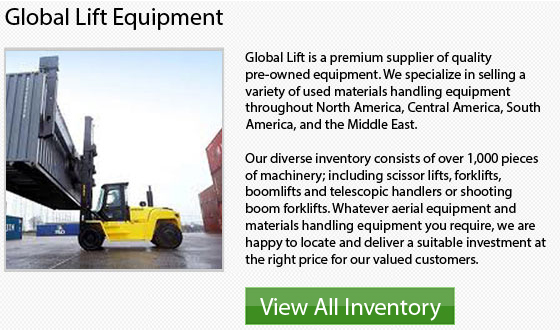
Crawler Crane
The crawler crane is a specific type of mobile crane that is available with either a telescopic boom or a lattice boom which moves upon crawler tracks. As this unit is a self-propelled crane, it is capable of moving around a jobsite and accomplishing jobs without much set-up. Due to their enormous weight and size, crawler cranes are fairly costly and even difficult to transport from one site to another. The crawler's tracks provide the machinery stability and allow the crane to function without utilizing outriggers, however, there are several units which do utilize outriggers. Also, the tracks provide the equipment's movement.
Early Mobile Cranes
Originally, the very first mobile cranes were mounted to train cars and move along specifically designed short rail lines. Once the 20th century arrived, the crawler tractor evolved and this brought the introduction of crawler tracks to the agricultural industry as well as the construction industry. Not long after, the crawler tracks were adopted by excavators and this further featured the versatility of the machinery. It was not long after before crane manufacturers decided that the crawler track market was a safe bet.
The First Crawler Crane
Around the 1920s, Northwest Engineering, a crane manufacturer in the United States, mounted its very first crane on crawler tracks. It described the new machine as a "locomotive crane, independent of tracks and moveable under its own power." By the middle part of the 1920s, crawler tracks had become the preferred means of traction for heavy crane uses.
The Speedcrane
Developed by Charles and Ray Moore of Chicago, Illinois; the Moore Speedcrane was one of the first to attempt to copy rail lines for cranes. Manufactured within Fort Wayne, Indiana, the Speedcrane was 15 ton, steam-powered, wheel-mounted crane. In the year 1925, a company called Manitowoc Shipbuilding Co, from Manitowoc, Wisconsin recognized the tracked crane's marketability and potential. They decided to team up with the Moore brothers so as to manufacture it and go into business.